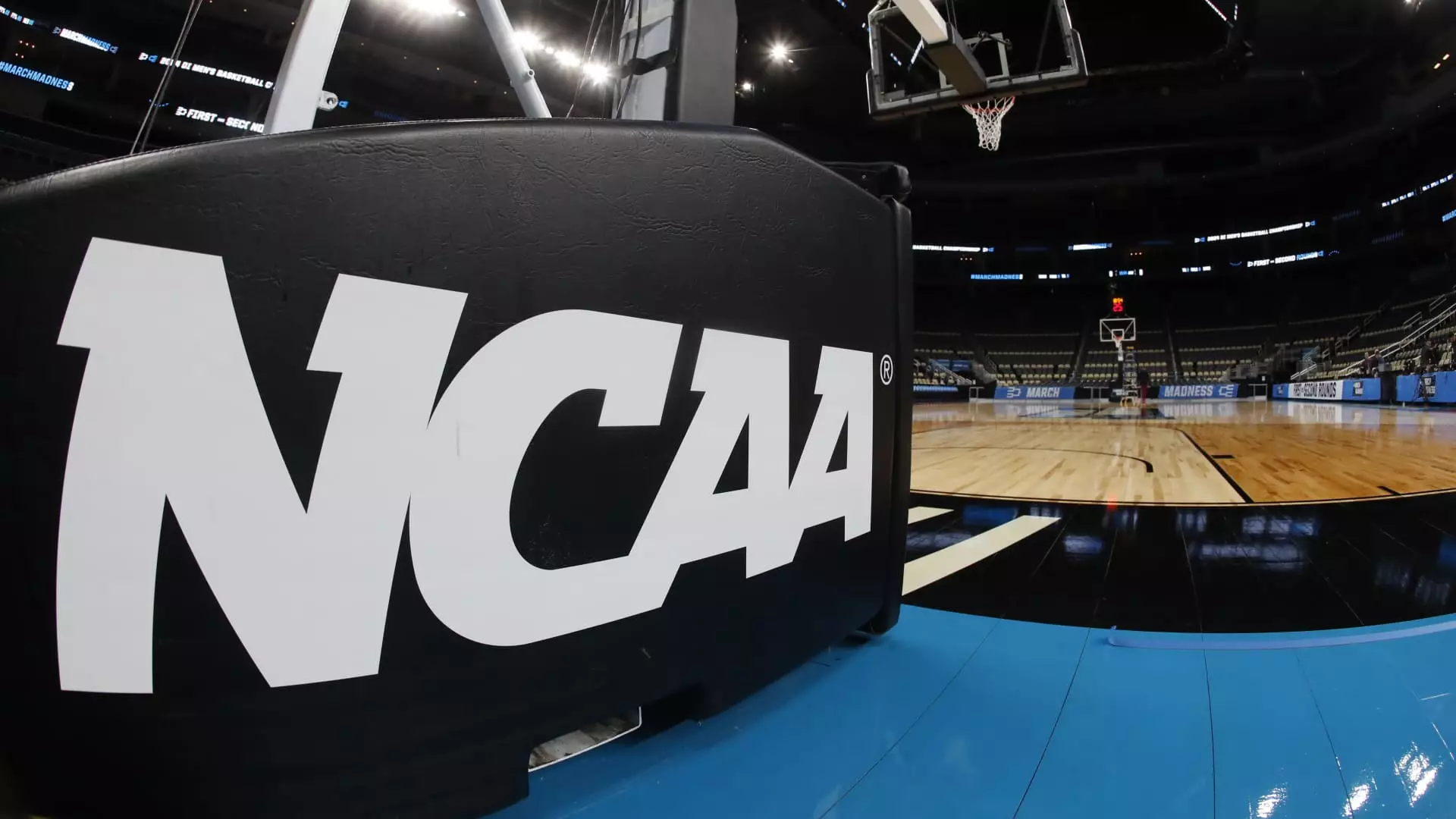The landscape of collegiate athletics in the United States is undergoing a seismic shift, particularly regarding the participation of transgender student-athletes. In a recent update to its policy, the National Collegiate Athletic Association (NCAA) has introduced stringent guidelines that bar transgender women from competing in women’s sports. This decision came swiftly on the heels of a controversial executive order from former President Donald Trump, which threatened federal funding for schools permitting such participation. This article delves into the implications of this policy change, the political context surrounding it, and its potential impact on student-athletes.
The NCAA’s revised regulations assert that individuals assigned male at birth can practice with women’s teams and access certain benefits, such as medical care. However, they are explicitly prohibited from competing in formal events. This marks a notable divergence from previous policies where the NCAA aligned its eligibility criteria with that of the Olympic framework, allowing greater participation by transgender athletes. The NCAA’s President Charlie Baker emphasized the necessity for uniform eligibility standards, arguing that a cohesive approach would benefit student-athletes amidst a chaotic array of state laws and judicial rulings.
The underlying logic of the NCAA’s decision appears to stem from the belief that there must be a categorical separation based on biological sex to ensure fairness in competitions. However, this perspective fails to address broader definitions of gender and the complexities associated with gender identity. Critics argue that by reducing gender to a binary system—male or female—the NCAA is ignoring the lived experiences of many athletes, including nonbinary and intersex individuals.
The timing of the NCAA’s decision cannot be overlooked; it coincides with significant political actions taken by the Trump administration. His executive order not only mandates a binary understanding of gender but also seeks to remove federal support from institutions that recognize transgender individuals’ rights to compete according to their gender identity. This political move has been perceived as part of a larger strategy to consolidate conservative values around gender and sexuality in America.
Trump’s administration has a documented history of rolling back protections for transgender individuals, as seen in past policies restricting military service and other areas of public life. The NCAA’s latest policy appears to mirror this national trend, which raises concerns about whether educational entities are succumbing to political pressures rather than following best practices founded on research and inclusion.
Many advocates for transgender rights have voiced their discontent with the NCAA’s new policy, articulating that it not only marginalizes trans women but may also inadvertently impact other groups, including intersex athletes and women who require hormone therapy for medical reasons. The limitations imposed by the policy reflect a misunderstanding of the complexities surrounding gender identity and expression.
For athletes like Chris Mosier, a transgender triathlete and advocate, the implications are far-reaching. Mosier points out that this binary view of gender enforces an exclusionary framework that can jeopardize not only the identities of transgender individuals but also the integrity of collegiate sports as a whole. By dismissing the experiences of those who fall outside the traditional gender binary, the NCAA risks alienating a population that is part of a broader societal movement toward acceptance and understanding of diverse identities.
The NCAA’s decision to prohibit transgender women from competing in women’s sports represents a significant regression in the ongoing fight for equality in athletics. As responses from advocacy groups like GLAAD illustrate, there is a profound disconnect between this policy, the scientific understanding of gender, and the principles of fair competition.
The conversation surrounding transgender participation in sports must shift from a binary focus to a more nuanced approach that recognizes and respects the identity of all athletes. It is crucial for governing bodies, educational institutions, and society as a whole to engage in informed dialogue and consider the wealth of medical and social research available. Only through understanding can we hope to foster a more inclusive environment that celebrates all athletes, regardless of their gender identity.

